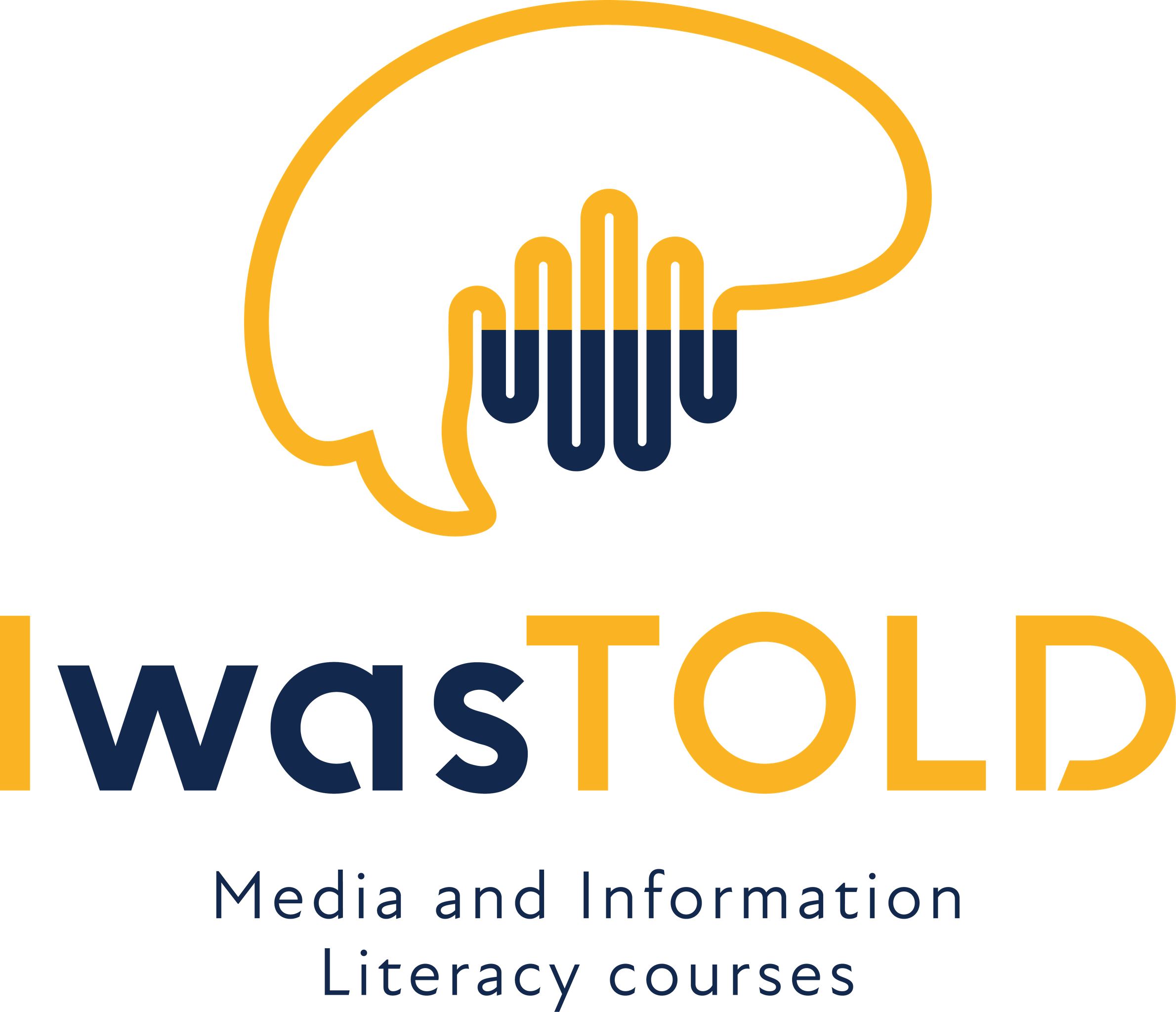5. MEDIA AND SOCIETY
-
New models, new journalism7 Topics|4 Quizzes
-
Building trust in the media and journalism7 Topics|3 Quizzes
-
Trust and bias: how often unconscious bias is eroding trust in news7 Topics|3 Quizzes
-
The role of the journalism when hate is on increase7 Topics|3 Quizzes
-
Cyber security on social networks7 Topics|3 Quizzes
-
What is open data journalism and why we need skills to search for data7 Topics|2 Quizzes
Participants14
The importance of diversity in the newsroom has gained increasing attention in recent years. This refers to the representation of different backgrounds, perspectives, and experiences among journalists, editors, and other media professionals. The goal is to ensure that news reporting reflects a wide range of perspectives and experiences and to prevent biased reporting that may result from homogeneity among newsroom staff. Lack of diversity in the newsroom can result in biased reporting, under-representation of certain communities, and can affect the types of stories that are covered. Efforts to increase diversity in the newsroom have been slow. This lesson examines the importance of diversity in the newsroom, the impact of lack of diversity, and efforts to increase diversity in the newsroom.
In this lesson, you learned about the importance of diversity in the newsroom, which refers to the representation of different backgrounds, perspectives, and experiences among journalists, editors, and other media professionals. Lack of diversity in newsrooms has been linked to biased reporting and under-representation of certain communities in news coverage. Despite recognition of the importance of diversity in the newsroom, progress has been slow, with newsrooms remaining predominantly white, male, and older. The lesson also discussed that the impact of diversity in the newsroom extends beyond the quality and accuracy of news reporting and can have broader social and political implications.
